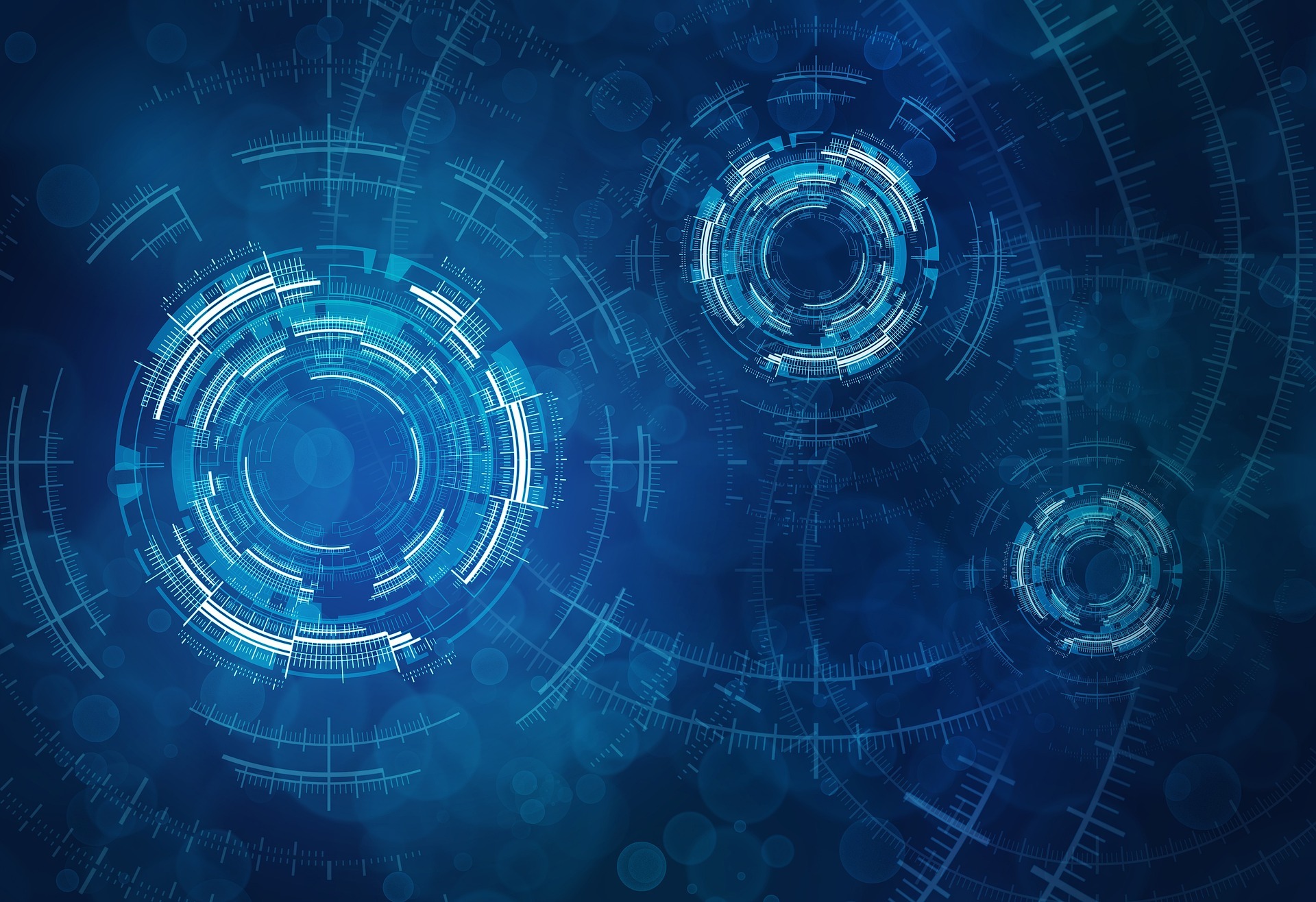Differnece between DALL-E and Stable diffusion
Differnece between DALL-E and Stable diffusion
DALL-E and Stable Diffusion are two recently developed models in the field of artificial intelligence (AI). While both models are related to image generation, they are distinct in their approaches and applications.
DALL-E, developed by OpenAI, is a generative model that can create images from textual descriptions. It is named after the surrealist artist Salvador Dali and the animated character WALL-E. DALL-E is trained on a large dataset of image-caption pairs, allowing it to generate a wide range of images based on textual inputs. For example, DALL-E can generate an image of a baby penguin wearing a bow tie or a teapot shaped like an elephant.
One of the significant advantages of DALL-E is its ability to generate highly detailed and diverse images based on textual prompts. It can also generate images that are highly imaginative and creative, which has significant implications for industries such as design and advertising. However, DALL-E’s reliance on text inputs limits its versatility and application to other areas, such as natural image generation or image manipulation.
Stable Diffusion, on the other hand, is a model developed by Google that focuses on image generation and manipulation. It is based on the concept of diffusion processes, which are mathematical models used to describe the spread of particles or substances in a medium. Stable Diffusion uses diffusion processes to generate and manipulate images in a highly controllable and customizable way.
Unlike DALL-E, Stable Diffusion does not require textual inputs and can generate and manipulate images based on a variety of inputs, such as random noise or existing images. Stable Diffusion can also generate images that are highly realistic and indistinguishable from real images. This makes it useful in a wide range of applications, such as video game design, film and television, and medical imaging.
One of the main advantages of Stable Diffusion is its flexibility and versatility. It can be used for a wide range of image-related tasks, such as image synthesis, manipulation, and restoration. However, Stable Diffusion’s reliance on complex mathematical models and high computational resources limits its accessibility and applicability to industries with limited resources.
In conclusion, while DALL-E and Stable Diffusion are both related to image generation, they are distinct in their approaches and applications. DALL-E is a text-to-image generator that focuses on highly creative and imaginative images, while Stable Diffusion is an image generator and manipulator that is highly flexible and versatile. By understanding the strengths and limitations of these models, we can better utilize them in a wide range of industries and applications.


